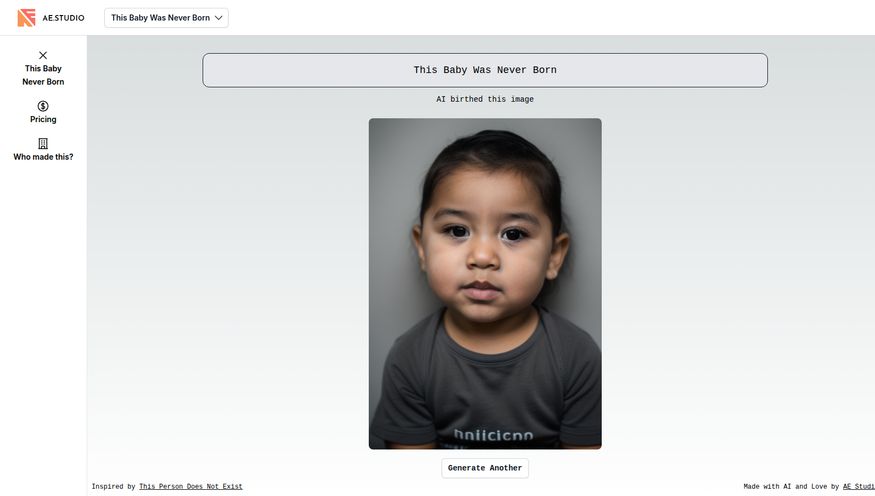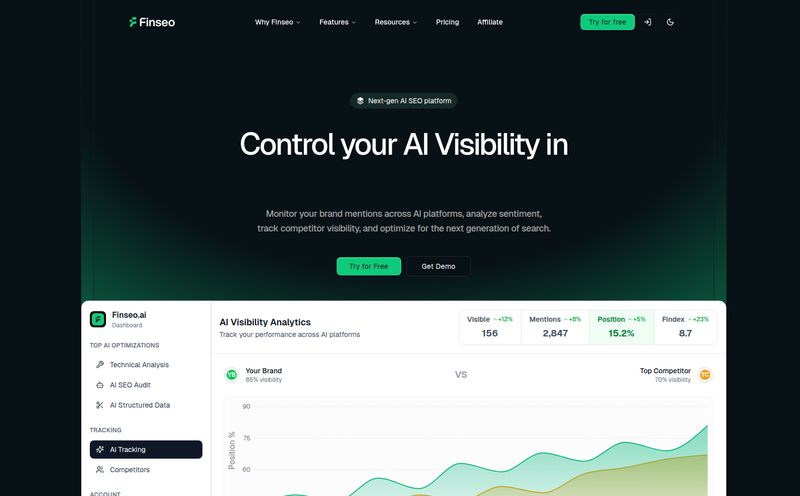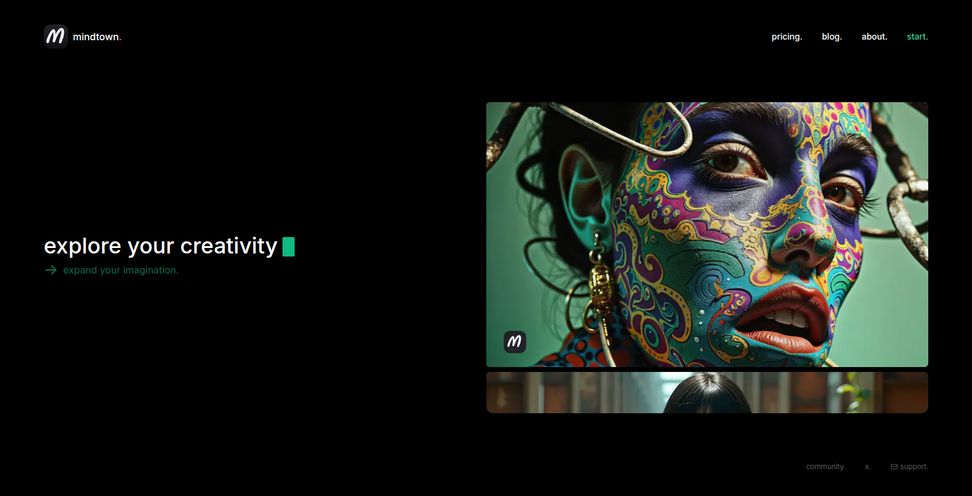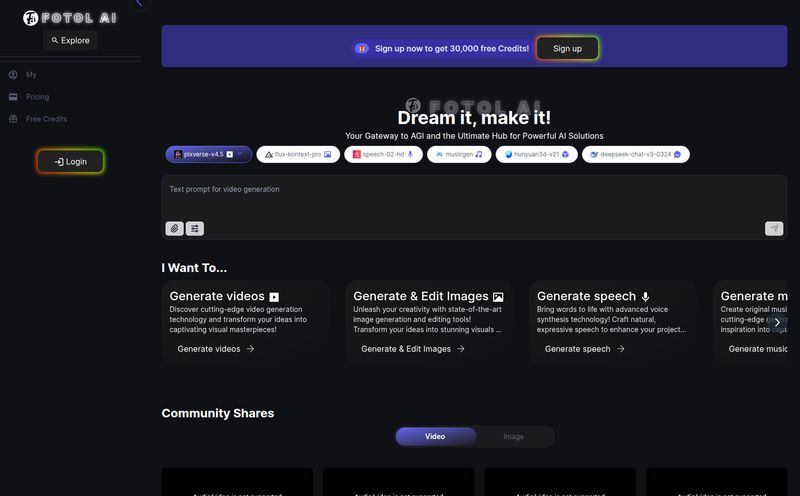The AI video space is getting crowded. It feels like every other week there’s a new, shiny tool that promises to be the 'next big thing'. We've all seen the mind-blowing demos from OpenAI's Sora, and many of us in the marketing trenches have been using tools like RunwayML for a while. So when PixelClip AI popped up on my radar, I was admittedly a little skeptical. Another one? Really?
But something about its clean interface and its “one-stop shop” promise made me lean in closer. It’s not just shouting about one feature, it's talking about a whole creative suite. So, I did what any good SEO and traffic-gen nerd would do: I rolled up my sleeves to see if it’s just another flash in the pan or a genuinely useful tool for creators and marketers. And I have to say... I'm pretty impressed.
What is PixelClip AI Anyway? (More Than Just a Pretty Interface)
At its heart, PixelClip AI is an AI-powered platform designed to turn your ideas—whether they're simple text prompts, existing images, or even other videos—into high-quality video content. Think of it less as a single tool and more like a creative Swiss Army knife. It's built for people who need to create video content fast, without necessarily having a film degree or a subscription to the entire Adobe suite.
It’s got an AI Video Generator, sure, but it also has an Image to Video function, Text to Video, and a couple of other tricks up its sleeve that really caught my attention. This isn't just for a niche group of AI artists; it feels aimed squarely at social media managers, small business owners, and solo content creators who need to pump out engaging visuals without a Hollywood budget.
Visit PixelClip AI
Putting PixelClip AI to the Test: My Favorite Features
Okay, enough with the overview. The real test is in the doing. I jumped into the platform to see what it could actually handle. A few of its core functions really stood out to me.
The Reference to Video Feature is a Game-Changer
This one is cool. Really cool. Instead of just describing a style with words, you can show the AI a reference image or video and say, “like this.” It’s like having an artist who instantly gets your mood board. For brand consistency, this is huge. You can feed it your brand's style guide images to make sure the AI-generated content doesn’t go off the rails and start looking like something from a completely different company. It makes creation so much more efficient than trying to find the perfect 17-word prompt to describe a specific aesthetic. A genuine time-saver.
From Text to Moving Pictures (Almost Like Magic)
Text-to-video is becoming the standard for these platforms, and PixelClip AI's version is solid. You type in a prompt, and it spits out a video clip. Simple. What I liked here was the speed and the quality of the output. It's fast. Insanely fast. We're talking about generating clips in minutes. While you’re not going to be creating the next Avatar with it, the results are more than good enough for social media ads, B-roll for a YouTube video, or animated explainers. It’s a workhorse feature that just… works.
"I'm amazed by PixelClip AI's high-quality images. They are perfect for social media and professional projects." – John Doe (as seen on their site)
Don't Forget the Ghibli AI Generator
I’ve got to admit, this was a fun little detour. PixelClip has a dedicated AI generator to create images and videos in the iconic style of Studio Ghibli. Is it a core business tool? Maybe not for everyone. But for creating unique, scroll-stopping content for Instagram or TikTok? Absolutely. It’s a smart inclusion that shows they understand visual trends and the power of a distinct aesthetic. I spent more time playing with this than I'd care to admit, turning mundane photos into whimsical, animated scenes. No regrets.
The User Experience: Is It Actually Easy to Use?
So many platforms claim to be “user-friendly” and then you log in and are faced with a dashboard that looks like the cockpit of a space shuttle. I was pleasantly surprised here. PixelClip AI lives up to its promise of simplicity. The process really is as straightforward as they show on their homepage:
1. Choose Your Effect: Pick what you want to do (e.g., Image to Video, AI Effects).2. Upload Your Asset: Give it an image, a prompt, or a reference.3. Generate and Share: Click the button, wait a few moments, and you're done.
That's it. The interface is clean, intuitive, and doesn't require a 300-page manual. For anyone who has ever felt intimidated by complex video editing software, this will feel like a breath of fresh air. It democratizes video creation, taking it out of the hands of just the technical wizards.
Let's Talk Money: PixelClip AI Pricing Breakdown
Alright, the all-important question: what’s this going to cost me? The pricing model is subscription-based and revolves around 'credits,' which is pretty common in the AI world. Think of it like an arcade—you buy a bucket of tokens to play the games.
Here’s a quick look at their plans:
| Plan | Monthly Price | Key Features | Best For |
|---|---|---|---|
| Starter | $19.90 | 100 credits/month, unlimited products, commercial license, 72-hour support. | Individuals or small projects. |
| Premium | $34.90 | 200 credits/month, unlimited products, commercial license, 72-hour support. | Regular content creators & marketers. |
| Advanced | $62.90 | 500 credits/month, all features, plus 24-hour support response time. | Agencies and power users. |
My take? The pricing is competitive. The credit system can be a bit of a drag since you're always conscious of how many you're using, but it's a fair way to price server-intensive tasks. The inclusion of a commercial license even on the Starter plan is a huge win. Many competitors push you to a more expensive tier for that. The main difference as you go up the tiers is simply more credits and faster support—a pretty standard and fair model.
The Good, The Bad, and The... AI-Generated?
No tool is perfect. After spending some quality time with PixelClip AI, here’s my honest breakdown of what I loved and what I think could be a little bit better.
What I Liked
The interface is genuinely easy to use, making it incredibly accessible. The rich template library and unique features like 'Reference to Video' and the 'Ghibli Generator' give it an edge. And honestly, the fact that you get a commercial license on all paid plans cannot be overstated. That alone provides immense value for anyone looking to use this for their business.
What Could Be Better
The reliance on credits is a double-edged sword. While it keeps prices fair, it can also create a sense of scarcity that stifles experimentation. You might be hesitant to try a wacky idea if you know it'll cost you 5 credits. Also, tying faster support to higher-priced plans is a common industry practice, but it's always a slight annoyance for those on the lower tiers. Finally, while it's great for most users, those wanting deep customization will need to look into using their API, which could be a barrier for non-developers.
Who Should Be Using PixelClip AI?
This platform isn't trying to be everything to everyone, and that's a strength. I see it being a perfect fit for a few key groups:
- Social Media Managers: Need to create a dozen video variations for a campaign? This is your tool.
- Small Business Owners: You wear all the hats, including marketer. This lets you create pro-looking video ads without hiring a freelancer.
- Content Creators: Want to add some cool animated sequences or B-roll to your videos? You can generate it in minutes.
- CPC Marketers: Quickly spin up video assets for A/B testing on platforms like Facebook and Google Ads. The speed here is your biggest advantage.
Frequently Asked Questions About PixelClip AI
- Can I use the videos I make for my business?
- Yes! This is a big one. All paid plans come with a standard commercial license, so you can use the videos for marketing, ads, and other professional purposes without worry.
- Is it hard to learn?
- Not at all. If you can upload a photo to social media, you can use PixelClip AI. It’s designed from the ground up to be intuitive for beginners.
- How does PixelClip protect my data and creative ideas?
- According to their FAQ, they take this seriously. All data is encrypted, and—importantly—they state that user content is not used to train their AI models. In today's climate, that's a crucial point of trust.
- Can I make changes to the videos after they're generated?
- Yes, PixelClip offers a set of customization options like adding brand elements or editing scripts. For those who are more tech-savy, their API allows for even deeper integration and control.
- What exactly is a 'credit'?
- While their site doesn't give an exact 1-to-1 breakdown, typically in these systems, one credit is used for one generation (like creating one short video clip or one image). The exact cost per video might vary based on length and complexity, but it’s the currency you use to power the AI.
- How does this compare to bigger names like OpenAI's Sora?
- It's a different beast. Sora is a groundbreaking research model showing the absolute peak of what's possible. PixelClip AI is a practical, accessible tool that's available now for everyday creators and businesses. It's less about creating a cinematic masterpiece and more about efficiently producing great-looking content for real-world applications.
My Final Verdict on PixelClip AI
So, is PixelClip AI my new favorite AI video generator? For a specific type of user, the answer is a resounding yes. It has carved out a fantastic niche for itself in a very noisy market.
It may not have the headline-grabbing power of a Sora just yet, but it's not trying to. It’s a practical, powerful, and surprisingly fun tool that solves a real problem for a lot of people: the need for fast, easy, and affordable video content. By focusing on a clean user experience and genuinely useful features like Reference-to-Video, it stands out. If you're a marketer, a creator, or a business owner looking to step up your video game without a steep learning curve or a massive budget, I think you'll be as pleasantly surprised as I was. It’s definitely one to watch, and more importantly, one to try.



